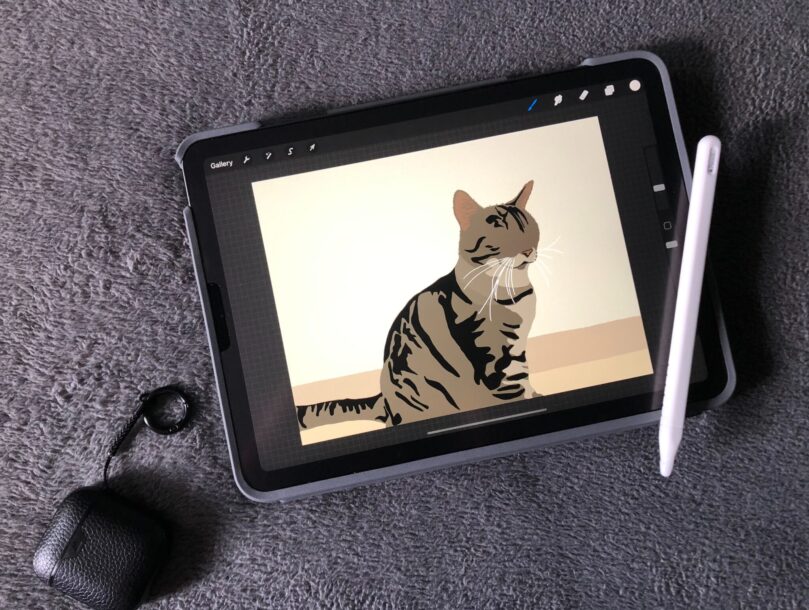This publication showcases a collection of projects and practices in the field of cultural youth work, with a focus on programmes that draw on the potential of digitalisation in one way or another. Our world today is digital and digital technologies are becoming an increasingly significant part of everything we do. The majority of young people experience online spaces as part of their natural environment, not disconnected from the rest of their lives.
Cultural and digital youth work are not easy to define, and we might wonder are strict definitions even necessary? The difficulty in defining the field speaks to both the diversity of youth work practice and its multisectoral nature. Definitions have, nonetheless, been attempted in the interests of fostering shared understanding.
Cultural youth work
In defining cultural youth work, we encounter our first stumbling block with the word “culture”. Culture in its narrowest sense refers to the arts. At its broadest, culture refers to almost all human activity and interaction with others. When we talk about cultural youth work, we usually mean activities for young people that involve art in some way. Cultural activities have, of course, long been organised with and for young people all around the world. The term cultural youth work, however, is relatively new. The concept of cultural youth work began to take shape in Finland in the 1990s. The first use of the term in an official context was its inclusion in the Finnish Youth Act of 2006.
With support from the Ministry of Education and Culture, NuoriKulttuuri has developed a definition of youth work that is used quite widely in Finland. This definition is intended to facilitate discussion rather than offering an exhaustive account of all the possible dimensions of the field. According to the definition, cultural youth work is an activity that incorporates art or culture to support young people’s growth, independence and participation in society. It is also typical of cultural youth work that professionals from different sectors work together on shared goals. It is important to recognise the inter-sectoral and multi-sectoral nature of the work.
The strategic development of digital youth work: a brief history
Digital youth work has been around for several decades but increased markedly in the 2010s as various digital devices, particularly smartphones, became more widespread. With the development and diversification of various forms of digital youth work, the need to reflect on the objectives and strategic development of the field became apparent. It is important to note that digital youth work and online youth work are not synonymous; online youth work is one form of digital youth work.
One of the first sets of national guidelines for digital youthwork was drawn up in Scotland in 2014. Based on the Scottish guidelines, and with extensive co-operation from municipalities, local organisations and parishes, Finland developed its own set of national guidelines in 2016. Estonia’s national Smart Youth Work strategy was produced in 2017.
Various youth work organisations have created their own local digital youth work strategies based on the national guidelines. Others have integrated digital technology into their existing youth work strategies in various ways.
A common European definition of digital youth work
In 2016, the European Union appointed an expert group to provide recommendations for digital youth work and to consider competences for digital youth work. The group comprised representatives from 21 countries. Their work drew on two established digital competence frameworks: DigComp 2.0 and MENTEP (Mentoring Technology-Enhanced Pedagogy). Competences for digital youth work are brought together under the following areas: the digitalisation of society, information and data literacy, planning and designing digital youth work, communication, digital creativity, safety and evaluation.
The group defined digital youth work was as follows: “…proactively using or addressing digital media and technology in youth work. Digital youth work is not a youth work method – digital youth work can be included in any youth work setting (open youth work, youth information and counselling, youth clubs, detached youth work, etc.). Digital youth work has the same goals as youth work in general, and using digital media and technology in youth work should always support these goals. Digital youth work can happen in face-to-face situations as well as in online environments – or in a mixture of these two. Digital media and technology can be either a tool, an activity or a content in youth work. Digital youth work is underpinned by the same ethics, values and principles as youth work.”
European Council conclusions highlight the importance of strategic development
The above definition is widely accepted across Europe. The definition and the work of the expert group provided a basis for the Council Conclusions on Smart Youth Work (2017) and the Council Conclusions on Digital Youth Work, approved by the Council of Ministers of the European Union in 2019 during the Finnish Presidency. The Council Conclusions on Digital Youth Work sought to strengthen the capacity of youth work to anticipate the future, to promote the strategic development of digital youth work and to reduce the digital divide between young people.
Both the Smart Youth Work and Digital Youth Work conclusions call on EU member states to promote and develop youth policies and strategies surrounding technological development and digitalisation more proactively. Member states should incorporate within their youth strategies clear goals and concrete actions for developing and implementing digital youth work and for assessing the impact of digital youth work on young people and youth work. Member states should also support innovative approaches and new models of co-operation for providing digital youth work and digital services. Member states are also urged to invest in the development of digital capacity among youth workers and organisations involved in youth work.
The Conclusions on Digital Youth Work follow on from the Conclusions on Smart Youth Work in actively seeking to close the digital divide between young people. All young people, regardless of their background, should have equal opportunities to improve their digital competence. The Digital Youth Work Council conclusions identify a need to strengthen the role of youth work, particularly in supporting young people’s creative competence and skills in using technology, enabling them to be critical consumers and active creators in digital environments.
Further development work is needed and cultural youth work is the key
The Covid-19 pandemic saw an increase in online youth work. While great strides have been made in many of the recommendations of the Digital Youth Work Council Conclusions, there is still work to be done to meet the other targets. The pandemic hastened the development of online activities and associated competences, but there is still much to be done in face-to-face digital youth work and to address the digital divide between young people. There is a great risk that this divide will only deepen as the pace of technological development increases and AI tools become more widespread. It is easy to identify with the concerns raised in the council’s conclusions: will all young people be able to keep up with the technological transformation of society?
Combining cultural and digital youth work provides an exceptional resource particularly for the development of young people’s creative technological skills. There is a strong tradition in cultural youth work of experimentation, and new possibilities in face-to-face digital youth work naturally arise in the context of cultural youth work. Art activities have already been successfully integrated into creative technology lessons. Similarly, various hybrid implementations and blended digital and in-person activities are already commonplace in many organisations.

Author Suvi Tuominen is a senior lecturer in NGO and Youth Work at Humak University of Applied Sciences. She previously worked as executive director at the Centre of Expertise for Digital Youth Work and in this capacity represented Finland as part of the EU expert group responsible for developing the definition and competences for digital youth work.

Author Jenni Hernelahti is a senior lecturer in NGO and Youth Work, cultural manager and community educator.
References
Council Conclusions on Digital Youth work
Digitally Agile National Principles (Scotland)
Digitaalisen nuorisotyön suuntaviivat (Finland)
Kulttuurinen nuorisotyö (Finland)
The Concept of Smart Youth Work (Estonia)
Ruotsalainen, Leena 2007. Kulttuurinen nuorisotyö on kampailulaji [Cultural youth work is a martial art]. In Hoikkala, Tommi & Sell, Anna (eds.). Nuorisotyötä on tehtävä. Menetelmien perustat, rajat ja mahdollisuudet [Youth work must be done: foundation, limits and opportunities in Finnish Youth Research] Finnish Youth Research Society Publications 76. Helsinki: Hakapaino Oy, 168–184.









